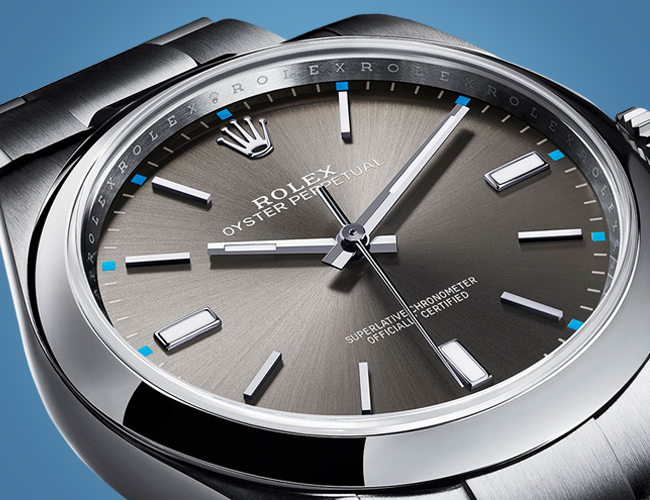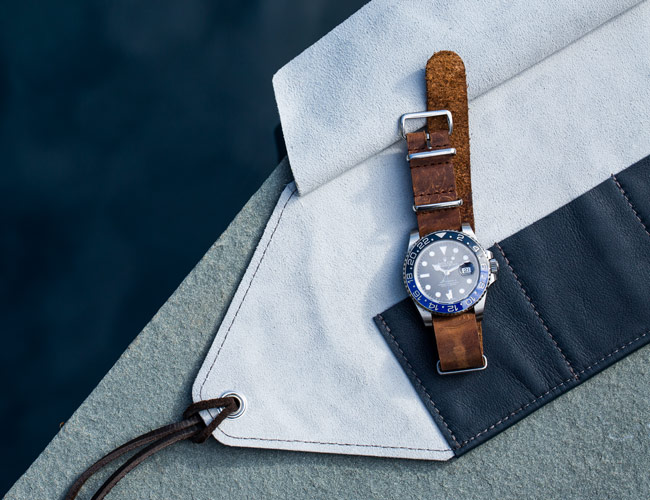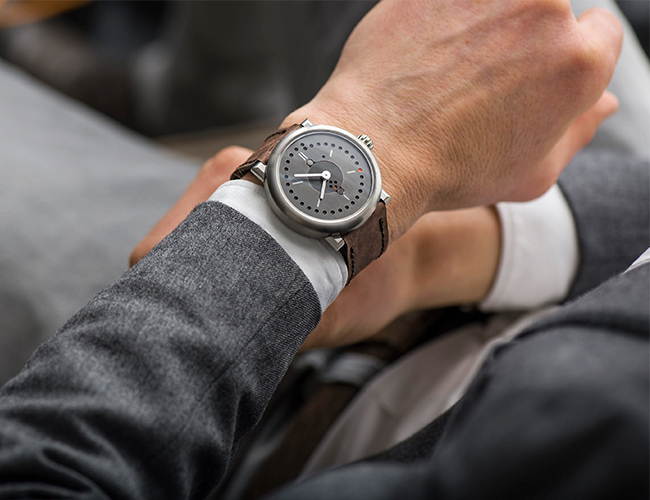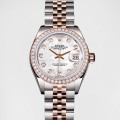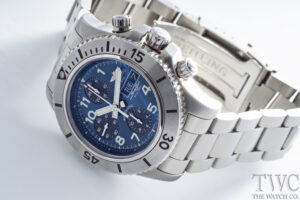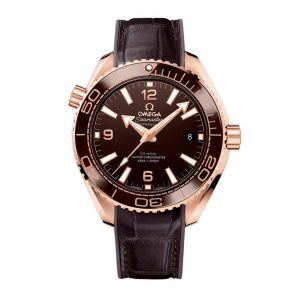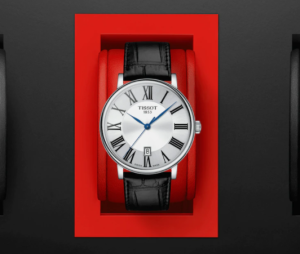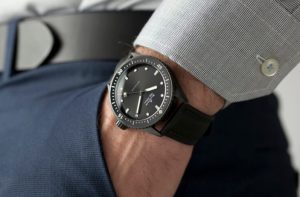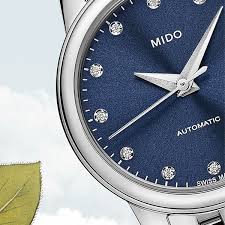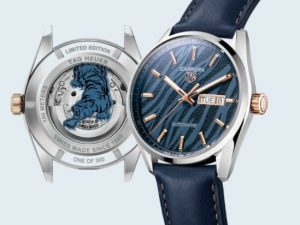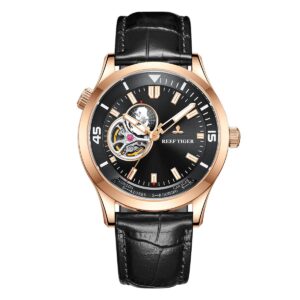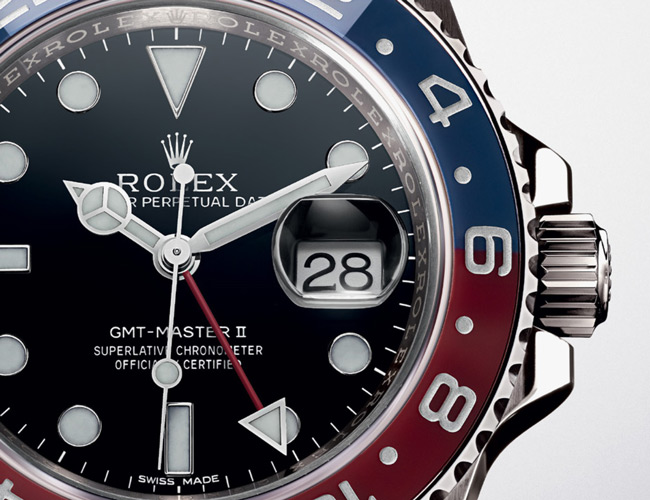
As much as we love to pore over the details of watches — the complications, the case finishing, the shape of hands and the font on the dial — sometimes it feels the discussion of color is left by the wayside. It shouldn’t be, though. A simple change in color can change the entire feel and personality of a watch. Think of the impact an all-black Omega Speedmaster “Dark Side of the Moon” makes, or how the addition of a black bezel and sub-dials to the new Rolex Daytona changes its look entirely.
Unsurprisingly, some of the best-looking color combinations in the watch industry arose around the mid-century, a heyday in innovative thinking in watch design. Take as proof these three colorways, which have become iconic and still look as fresh today as they did decades ago.
More Watches 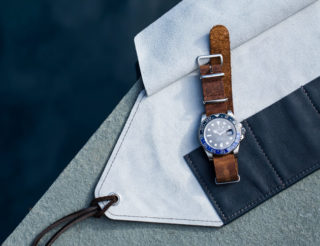 The Best Accessories for Your Watch
The Best Accessories for Your Watch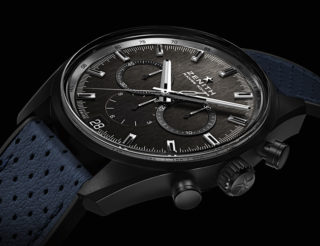 The Watch News You Missed This Week
The Watch News You Missed This Week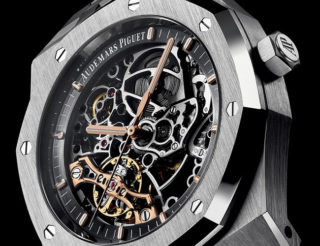 The 10 Best Watches Under $50,000
The 10 Best Watches Under $50,000
“Pepsi” Bezel
Indicating Day and Night
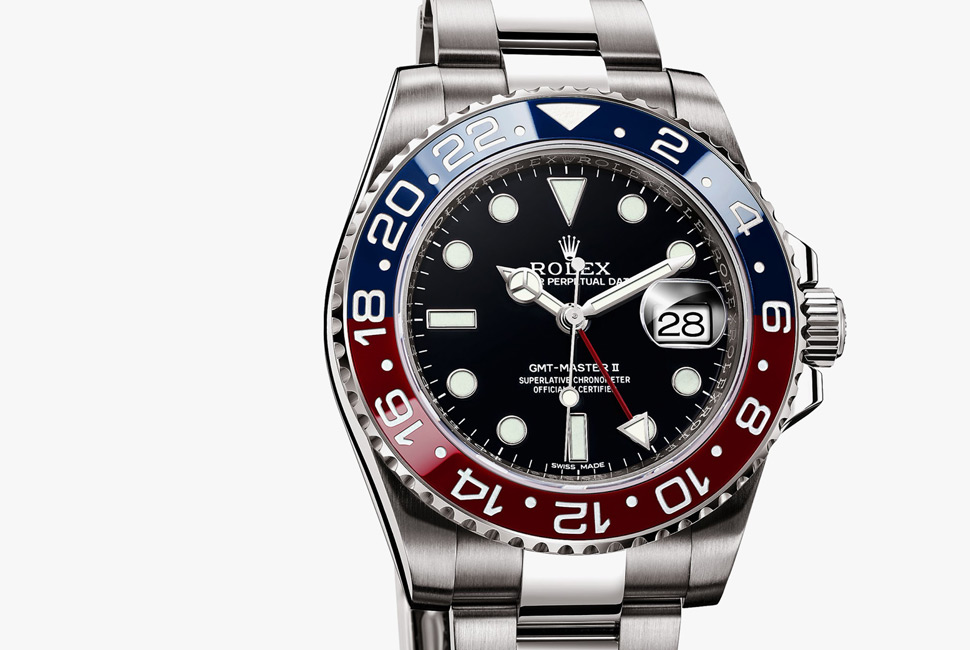
In the early ’50s, as commercial air travel evolved, pilots and passengers found themselves traveling through multiple time zones over the course of a few hours. At the request of Pan-Am Airways in 1954, Rolex created the first GMT watch that could track two time zones at once. The second time zone hour was indicated on the rotating bezel, which was split into two halves: red indicating the daytime, and blue indicating night. The “Pepsi” color scheme became iconic, and though Rolex has only kept the design scheme on a $38,000 white gold version of the GMT-Master II, several other watchmakers have incorporated it in their own bezel designs, including Seiko, Citizen, Heuer and Alpina.
Seiko SKX007 Pepsi $250
Alpina Alpiner 4 Business Hours ~$1,900
Rolex GMT-Master II $38,000
Panda Dial
Contrast Is Cool
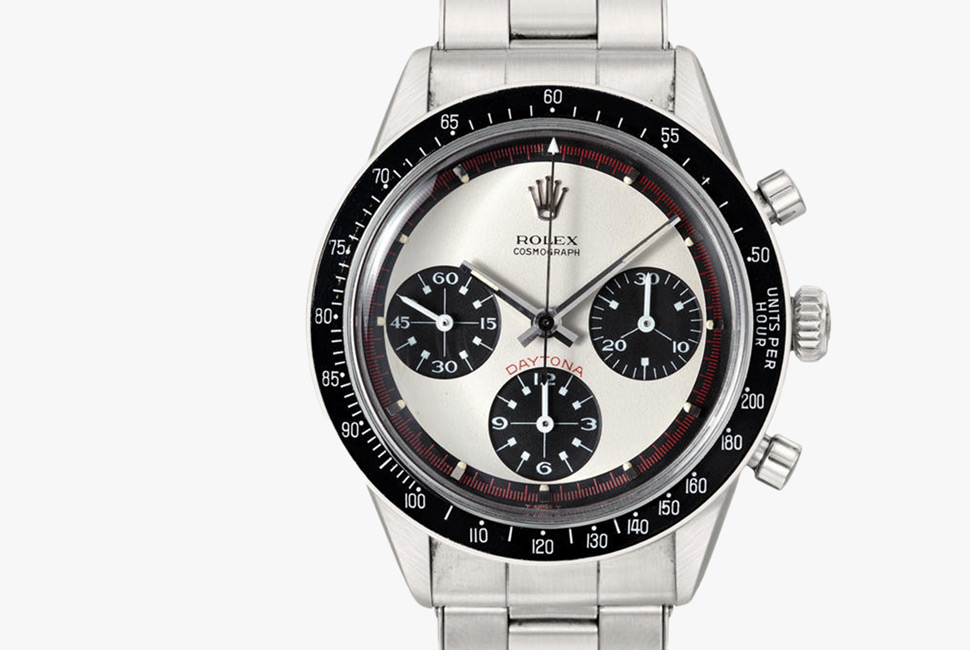
Early chronograph watches from the ‘30s and ‘40s generally had single-color dials. But come the mid-’50s and ’60s, many watchmakers began to adopt the “panda dial,” characterized by a use of a white dial with black sub-dials at 3:00, 9:00 and, in a three-sub-dial layout watch, 6:00. It’s a simple yet eye-popping design element used in many iconic chronographs of the ’50s, ‘60s and ‘70s, including the Rolex Daytona “Paul Newman” and Heuer Autavia “Jo Siffert.” It’s a wonder the design hasn’t been used more today; those watches that do still look extremely sharp.
Autodromo Prototipo $625
Longines Heritage 1973 $3,250
Tag Heuer Carrera Calibre 18 $5,450
Black-on-Black
Welcome to the Dark Side
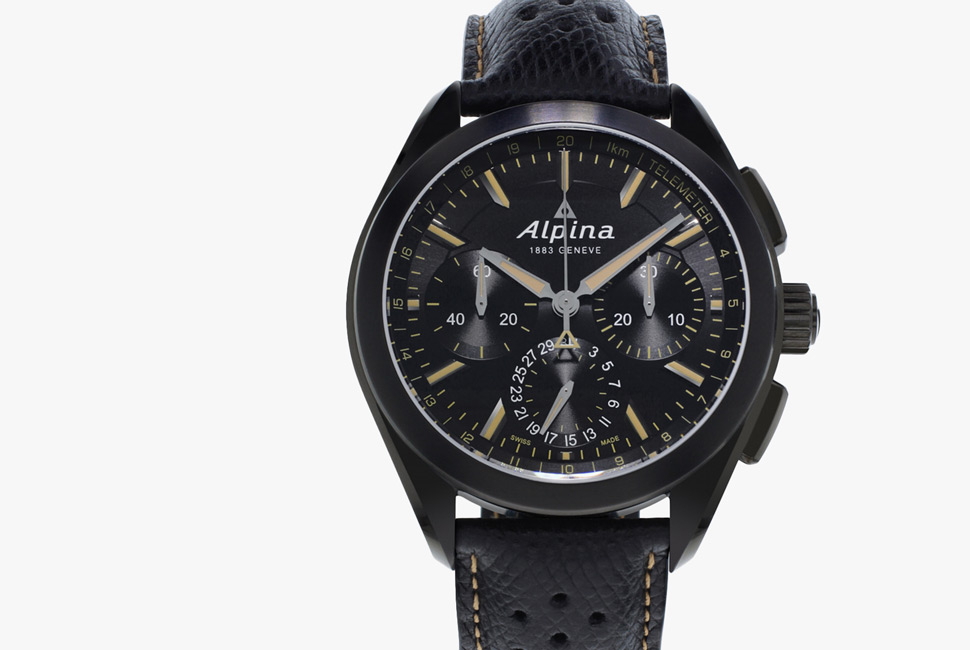
In 1972, Ferdinand Alexander Porsche, the grandson of Ferdinand Porsche and designer of the legendary Porsche 911, broke off from the automotive industry to start his own design firm. Soon after, he created Porsche Design and the firm’s first watch, the Chronograph 1. A clean, modern chronograph, its steel was powder coated in black. Paired with a black dial, it was what many consider the world’s first blacked-out watch. Soon after, other all-black watches were released from the likes of Heuer, IWC, Sinn and others. Though the trend died down after the ‘70s and ’80s, in recent years all-black watches have been back in full force.
